For fast-growing SaaS startups, the focus is often on delivering features quickly, scaling infrastructure, and meeting product milestones. In this race to build, implementing API Security Best Practices frequently becomes an afterthought, something to be patched or fixed later, once the core product is out.
However, APIs are no longer just technical utilities. They represent the core interface between systems, services, and end-users. When not designed securely from the outset, APIs can expose sensitive data, compromise entire platforms, and erode customer trust. According to Gartner, APIs are now modern applications’ most common attack vector.
This blog takes a practical look at how development and operations teams can collaboratively implement API security practices from day one, drawing from DevOps workflows and backend engineering strategies that scale securely.
Why API Security Must Start Early
Modern applications depend heavily on APIs to connect services, integrate third-party systems, and deliver data-driven features. This makes APIs not just a tool for functionality but a potential liability if left unsecured.
Many engineering teams operate under the assumption that security can be layered on later through token-based authentication or endpoint monitoring. In reality, retrofitting security after development is both costly and error-prone. Moreover, such approaches often result in incomplete protection, increasing the attack surface.
By embedding API security practices into the earliest stages of Secure API Development, organizations can reduce risk, simplify compliance efforts, and ensure a more stable product lifecycle. The shift to “secure by design” is not just a security principle; it’s a product development necessity.
DevOps as the First Line of Defense in API Security
DevOps plays a central role in embedding API Security Best Practices into the software development lifecycle. Security is no longer the exclusive domain of infosec teams; it must be integrated into the CI/CD pipeline, infrastructure provisioning, and deployment workflows.
- Integrating Security into CI/CD
A secure CI/CD pipeline helps catch vulnerabilities before they reach production. Tools such as SonarQube, Snyk, and Checkmarx can be integrated into build stages to automatically scan for issues like insecure coding practices, open-source vulnerabilities, or hardcoded credentials. Failing a build on high-severity vulnerabilities sets a clear standard across engineering teams.
In addition to code scanning, pipeline stages should include automated security tests to validate authentication flows, endpoint access restrictions, and API schema compliance. These tests can be triggered for every pull request, ensuring Secure API Development scales with code velocity.
For a deeper dive into how CI/CD pipelines operate in real-world cloud environments, check out our blog, CI/CD Pipelines in the Cloud Era: AWS & Azure DevOps as the Backbone of Modern Software Delivery.
- Managing Secrets and Configurations
One of the most common API vulnerabilities arises from mismanaged secrets, API keys, database credentials, or access tokens embedded in code or shared across teams. DevOps practices offer solutions through the use of secure secrets management platforms such as Azure Key Vault, AWS Secrets Manager, or HashiCorp Vault. These tools enable centralized management, rotation, and auditability of credentials.
Storing environment-specific secrets separately also reduces the risk of accidental exposure in code repositories or logging systems. Security-conscious DevOps setups automate secret injection during deployment, ensuring that sensitive values never exist in plaintext. These measures are fundamental in achieving API security practices and align with DevSecOps for API Security goals.
- Securing Infrastructure with Code
APIs are only as secure as the infrastructure they run on. DevOps enables infrastructure to be defined and deployed through code (IaC) using tools like Terraform or Bicep. This approach brings visibility and repeatability to infrastructure provisioning, eliminating misconfigurations that often lead to exposed ports or improperly secured services.
Security controls such as TLS enforcement, restricted IP access, and preconfigured API gateways should be embedded into IaC templates. This ensures that every environment, from development to production, meets consistent API Security Best Practices aligned with DevSecOps for API Security standards.
Understanding the full DevOps release lifecycle is essential when embedding security from the ground up. Explore how each stage, from code commit to production, can be fortified in our blog, From Commit to Production: Mapping the Full DevOps Release Lifecycle.
Backend Engineering Practices to Build Secure APIs
While DevOps secures the environment, the actual logic and surface of the API are shaped by backend engineering. Secure coding practices ensure that endpoints do not unintentionally expose business logic or user data.
- Authentication and Authorization
Authentication mechanisms should go beyond simple API key validation. Modern APIs should implement OAuth 2.0 or JWT-based flows to ensure granular, verifiable access control. Role-based access control (RBAC) should be enforced at the endpoint level, ensuring users and services only access permitted resources.
Misconfigured or absent authorization layers are a frequent source of data leakage and privilege escalation. Backend teams must define clear access rules as part of Secure API Development contracts and enforce them consistently. This is also a foundational element of DevSecOps for API Security adoption.
- Input Validation and Data Sanitization
APIs should never assume that inputs are safe or well-formed. Every request, whether from a web client or another service, must be validated against a strict schema. Libraries like Joi (for Node.js), Marshmallow (for Python), or native JSON Schema validators can enforce structure and data types.
Sanitization of inputs prevents injection attacks, cross-site scripting, and other forms of malicious payloads. It is also essential to validate headers, query parameters, and file uploads, not just request bodies. These safeguards play a major role in both API Security Best Practices and Secure API Development strategies.
- Rate Limiting and Abuse Prevention
Exposing APIs to the internet inherently opens them up to abuse. Rate limiting, throttling, and IP blocking mechanisms are essential for protecting against brute-force attempts and denial-of-service (DoS) attacks.
API gateways such as Azure API Management or Kong can provide these protections out of the box. For internal APIs, application-level rate limits using middleware can offer a second layer of control and ensure DevSecOps for API Security goals are being met in real-time environments.
- Logging and Monitoring
Security logging is crucial but should be implemented responsibly. Logs should capture authentication failures, suspicious access attempts, and unusual usage patterns, but never store sensitive data such as passwords or tokens.
Centralized log monitoring systems (like ELK, Azure Monitor, or Datadog) allow teams to set alerts and perform forensic analysis if needed. Integrating logs with a SIEM platform can further enhance visibility and response times. These monitoring practices align with DevSecOps for API Security by providing real-time threat detection and compliance insights.
The Shift Toward DevSecOps
The evolution from DevOps to DevSecOps formalizes the need for security to be integrated across the software delivery pipeline. In the context of Secure API Development, this means that backend developers, DevOps engineers, and security analysts must collaborate from the beginning.
Security should not be a gating stage at the end of the release process; it should be a continuous feedback loop integrated into daily workflows. This shift-left approach reduces the cost and complexity of fixes while also improving compliance alignment. This mindset is at the core of DevSecOps for API Security practices.
DevSecOps tools and workflows offer features like policy enforcement, continuous compliance scanning, and automated remediation. More importantly, they create a culture where teams are accountable for building secure systems by default, all grounded in API Security Best Practices.
As DevSecOps principles extend into AI-driven systems, it’s critical to adopt secure delivery pipelines tailored for ML workflows. Learn how in our guide to DevOps for Machine Learning: Building Scalable, Production-Ready AI Pipelines.
Conclusion:

Building secure APIs from day one is not just a security goal; it’s a strategic decision. For startups and SaaS companies, every technical decision made early on compounds over time. A solid, security-first foundation allows you to scale with confidence, maintain compliance, and protect user trust.
At Ariel Software Solutions, we specialize in helping tech-driven businesses build secure, scalable, and production-ready APIs. From backend architecture to DevSecOps for API Security implementation, our teams work with you to embed security at every layer of the software lifecycle.
If you’re planning your next product launch or scaling an existing system, now is the right time to focus on Secure API Development and adopt API Security Best Practices. Book a free consultation with our API and DevOps experts today.
FAQ: API Security Best Practices
What are the most common API security risks?
The most common risks include broken authentication, excessive data exposure, lack of rate limiting, and improperly configured access controls. These vulnerabilities can lead to data breaches and service disruptions if not addressed early. This is why embracing API Security Best Practices and DevSecOps for API Security is critical.
How can DevOps help in securing APIs?
DevOps practices enable automation of security scans, secrets management, and infrastructure hardening. By integrating these steps into Secure API Development workflows, teams can identify and resolve issues before they reach production.
What is the difference between API keys and OAuth tokens?
API keys are simple identifiers often used for basic access control. OAuth tokens, especially those using JWT, provide more secure, time-bound, and scoped access, making them preferable for modern APIs and aligning with API Security Best Practices.
Why is input validation critical in API security?
Improperly validated inputs can lead to injection attacks, denial-of-service vulnerabilities, or data corruption. Validating inputs ensures the integrity and safety of both the API and the data it handles, supporting Secure API Development and DevSecOps for API Security efforts.
What role does Ariel Software Solutions play in API security?
Ariel Software Solutions helps clients implement secure API architectures, DevSecOps for API security workflows, and scalable backend systems. Our team brings experience in securing APIs across regulated industries, cloud platforms, and high-growth product environments.




